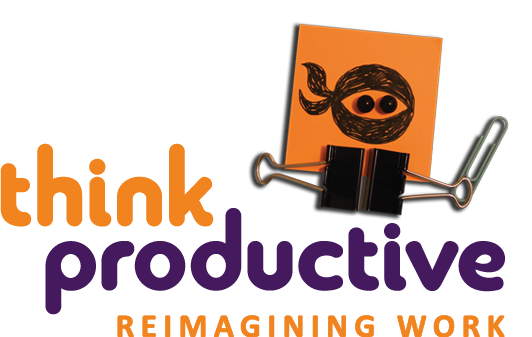Even if you already apply mini breaks to help refocus your energy, there are days when they just aren’t enough. This is exactly when we turn to yet another cup of coffee, sugars, and carbs to help ‘wake’ us up and get us through to when we can finally sit down for a second without any pressing priorities. However, these quick ‘pick me up’ habits aren’t what’s best for your overall health, or sleep habits for that matter.
In fact, if you can find just 15 minutes in your afternoon, you’ll most likely save hours of unconcentrated, non-productive hours at your desk (or life). Since daytime productivity and balancing your life and work is a goal many of us strive for, don’t rule out the power of an afternoon nap.

Why Do We feel Tired?
Contrary to popular belief, we aren’t tired each afternoon because of our sleep habits or what we’ve consumed (although it can be influential). Rather, we are wired to sleep twice a day, and the majority of us work through the times our body enters into a natural phase supportive of a secondary period of rest. Partially due to circadian rhythms that supports a biphasic physical design (think of it as an internal alarm clock), humans experience an alignment of the ebbs and flows of our arousal and homeostatic states in the afternoon which creates the perfect ‘nap zone’.
This period can have a profound effect on your productivity as your body experiences multiple symptoms that decreases our effectiveness in the workplace. To start, your attention span is going to lower, which will directly affect your working memory. Problem solving, logical reasoning, motor dexterity, and your mood will also be altered- making for a less enjoyable person to be around. Especially if you are struggling to get anything done before you get to head home from the office.

What Are the Health Benefits of a Nap?
None of the above sounds fun, even though the majority of us live through it everyday. So what’s to be done? The answer is simple: take a nap.
Obviously you can’t pop back home to snuggle up on your contouring memory foam mattress. But you can, and should, take a timeout when you start to find your attention wavering and catch yourself struggling to listen to your coworkers, or reading the same lines over and over again. When you begin to recognize the signs of afternoon fatigue, even a quick 15 to 20 minutes nap can refresh the brain and increase motor performance and overall alertness.
Although a full 90 minutes will provide an entire cycle through the sleep phases for increased brain connectivity and memory function, this generally isn’t very feasible to anyone in the workplace. However, a quick 20 minute or less nap (called a phase 2 nap) increases your alertness and motor skills- which is usually enough to power through the rest of your afternoon. These types of naps also have many health benefits you can reap when you create a regular habit of incorporating them into your afternoons.

Regularly scheduled, short naps help relieve stress and tension which decreases heart disease. It also increases feel good hormones and can boost your mood, which provides a more positive outlook to the rest of your afternoon. But there is a right, and wrong way to go about this all.
Napping Tips
Obviously your boss may not be really interested in your reasoning when they come by your office and find you passed out on your desk. However, there is some pretty compelling evidence to open up a conversation with your boss surrounding this topic if the opportunity arises.
There are many companies that have recently begun introducing nap times and nap rooms due to the studies surrounding supportive productivity. It’s also a great way to show employee support to those trying to balance the demands of work and home life, and provide a value to the work being accomplished. Short of having these conversations with your employer (unless of course you are your own boss) consider some of the following tips to make the best of a quick nap:
- Set an alarm for no more than 20 or 25 minutes. Any longer and your brain will slide deeper into the sleep cycle which you may not want to interrupt if you are looking to wake less groggy than when you first laid down.
- Nap at a similar time each day to help create a rhythm and keep you from interrupting your nighttime rest. Typically the best time to nap is 6 to 7 hours after you wake.
- Create a comfort or nap zone specific to rest. If placing your head down on your desk is the best you can do, then do it, but having a chair you feel more comfortable in, or even laying prone on the floor will better help your whole body relax.
- Darken the room and turn off your electronics, which can mimic daylight. Dim lights help stimulate sleep hormones and allow your body to relax more quickly.
- Make sure your room temperature is ideal for a nap. Our bodies naturally cool when we sleep, so stimulating a cooling experience can help you drift off for a faster and deeper sleep.
- Take advantage of your afternoon caffenation. If you really enjoy your afternoon cup of joe, and can’t live without it, try making it work double time. On average caffeine takes 20 minutes to ‘kick in’ and so if you finish off your cup of coffee prior to drifting off to sleep you not only reap the benefits of a quick brain recharge, but also the caffeine stimulation you experience upon waking.
What are we waiting for? Time for a nap!
By Frank Apodaca
